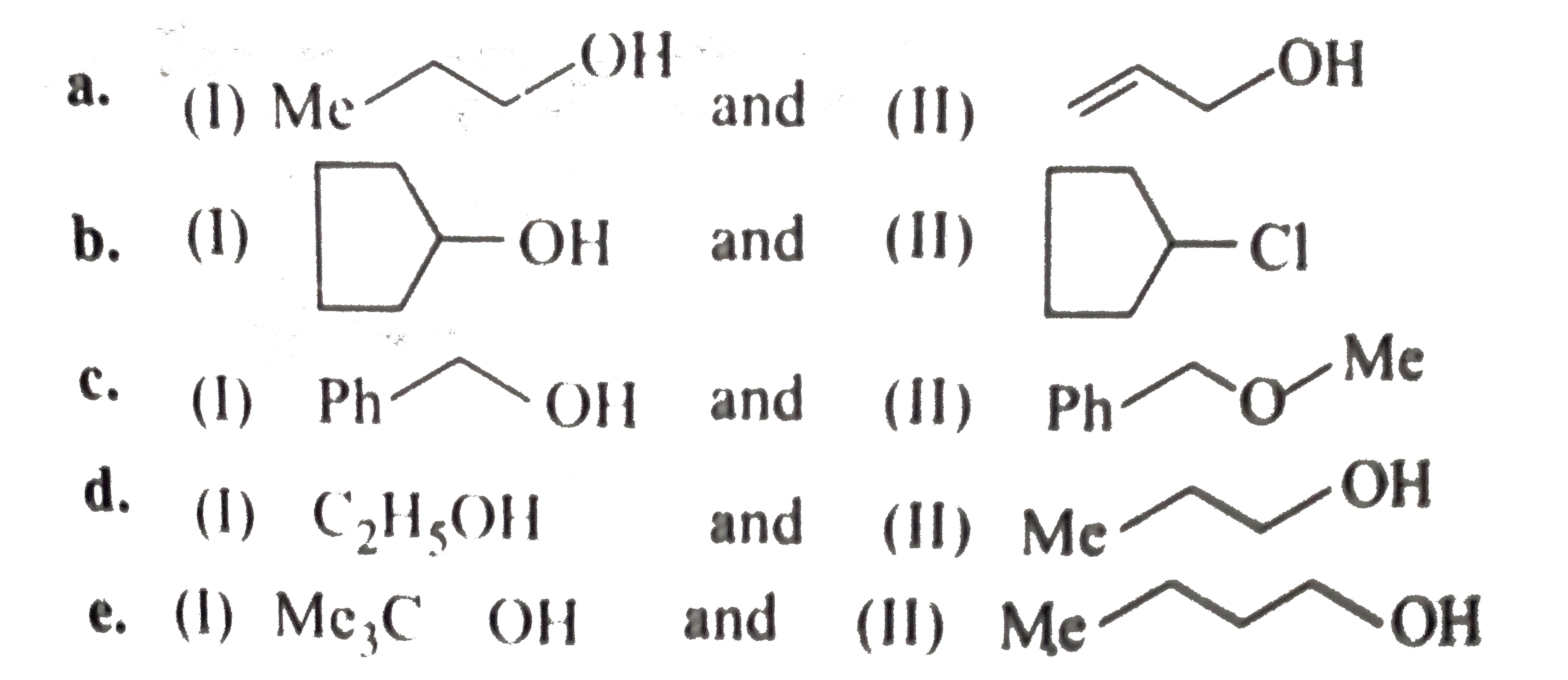Distinguish between the following.
Protochordates and vertebrates
To distinguish between protocordates and vertebrates, we can look at several key characteristics:
1. Definition:
- Protochordates: These are the simplest chordates that possess a notochord, which is a flexible rod-like structure that provides support. They include organisms such as tunicates and lancelets.
- Vertebrates: These are more complex chordates that have a backbone or vertebral column. Vertebrates include animals such as fish, amphibians, reptiles, birds, and mammals.
2. Presence of Notochord:
- Protochordates: The notochord is retained throughout their life. Even in adulthood, they do not develop a vertebral column.
- Vertebrates: The notochord is present only during the embryonic stage. As the organism matures, the notochord is replaced by the vertebral column (backbone).
3. Body Structure:
- Protochordates: They have a simpler body structure and lack a true skull and vertebral column.
- Vertebrates: They have a more complex body structure, including a well-defined head with a skull and a segmented vertebral column.
4. Nervous System:
- Protochordates: They possess a simple nervous system and do not have a true brain.
- Vertebrates: They have a complex nervous system with a well-developed brain and spinal cord.
5. Examples:
- Protochordates: Examples include sea squirts (tunicates) and amphioxus (lancelets).
- Vertebrates: Examples include humans, dogs, birds, and fish.
Summary Table:
| Feature | Protochordates | Vertebrates |
|-----------------------------|----------------------------------|---------------------------------|
| Definition | Simple chordates with notochord | Complex chordates with backbone |
| Notochord | Retained throughout life | Present only in embryonic stage |
| Body Structure | Simple, no true skull | Complex, with skull and vertebrae |
| Nervous System | Simple, no true brain | Complex, with developed brain |
| Examples | Tunicates, lancelets | Humans, dogs, birds, fish |
- Protochordates: These are the simplest chordates that possess a notochord, which is a flexible rod-like structure that provides support. They include organisms such as tunicates and lancelets.
- Vertebrates: These are more complex chordates that have a backbone or vertebral column. Vertebrates include animals such as fish, amphibians, reptiles, birds, and mammals.
- Protochordates: The notochord is retained throughout their life. Even in adulthood, they do not develop a vertebral column.
- Vertebrates: The notochord is present only during the embryonic stage. As the organism matures, the notochord is replaced by the vertebral column (backbone).
- Protochordates: They have a simpler body structure and lack a true skull and vertebral column.
- Vertebrates: They have a more complex body structure, including a well-defined head with a skull and a segmented vertebral column.
- Protochordates: They possess a simple nervous system and do not have a true brain.
- Vertebrates: They have a complex nervous system with a well-developed brain and spinal cord.
- Protochordates: Examples include sea squirts (tunicates) and amphioxus (lancelets).
- Vertebrates: Examples include humans, dogs, birds, and fish.
|-----------------------------|----------------------------------|---------------------------------|
| Definition | Simple chordates with notochord | Complex chordates with backbone |
| Notochord | Retained throughout life | Present only in embryonic stage |
| Body Structure | Simple, no true skull | Complex, with skull and vertebrae |
| Nervous System | Simple, no true brain | Complex, with developed brain |
| Examples | Tunicates, lancelets | Humans, dogs, birds, fish |
Topper's Solved these Questions
- EVOLUTIONBOOK - PEARSON IIT JEE FOUNDATIONCHAPTER - EVOLUTIONEXERCISE - APPLICATION AND ANALYSIS
25 Videos
- EVOLUTIONBOOK - PEARSON IIT JEE FOUNDATIONCHAPTER - EVOLUTIONEXERCISE - ASSERTIONS AND REASONS
8 Videos
- EVOLUTIONBOOK - PEARSON IIT JEE FOUNDATIONCHAPTER - EVOLUTIONEXERCISE - TEST YOUR CONCEPTS (Match the entries of column 1 with those of Column 2.)
2 Videos
- ECOLOGYBOOK - PEARSON IIT JEE FOUNDATIONCHAPTER - ECOLOGYEXERCISE - QUICK RECAP
3 Videos
- LIFE PROCESSES IN HUMAN BEING-I (DIGESTIVE AND EXCRETORY SYSTEMS)BOOK - PEARSON IIT JEE FOUNDATIONCHAPTER - LIFE PROCESSES IN HUMAN BEING-I (DIGESTIVE AND EXCRETORY SYSTEMS)EXERCISE - ASSESSMENT TESTS (ANSWER THE QUESTIONS)
7 Videos
Similar Questions
Knowledge Check
Protochordates are
ANon - vertebratesBAcraniatesCPrevertebratesDAll the aboveProtochordates are
AMarineBFresh waterCTerrestrialDAll the aboveProtochordates includes
AUrochordata + HemichordataBHemichordata + VertebrataCVertebrate + CephalochordataDUrochordata + Cephalochordata
Distinguish between the following pairs:
a. and
and 

View SolutionDistinguish between the following pairs:
a. (I)
View SolutionDistinguish between the following. (a) Reticulate and parallel venation
View SolutionDistinguish between the following.
(a) Reticulate and parallel venation
View SolutionAll Protochordates are :
View Solution
